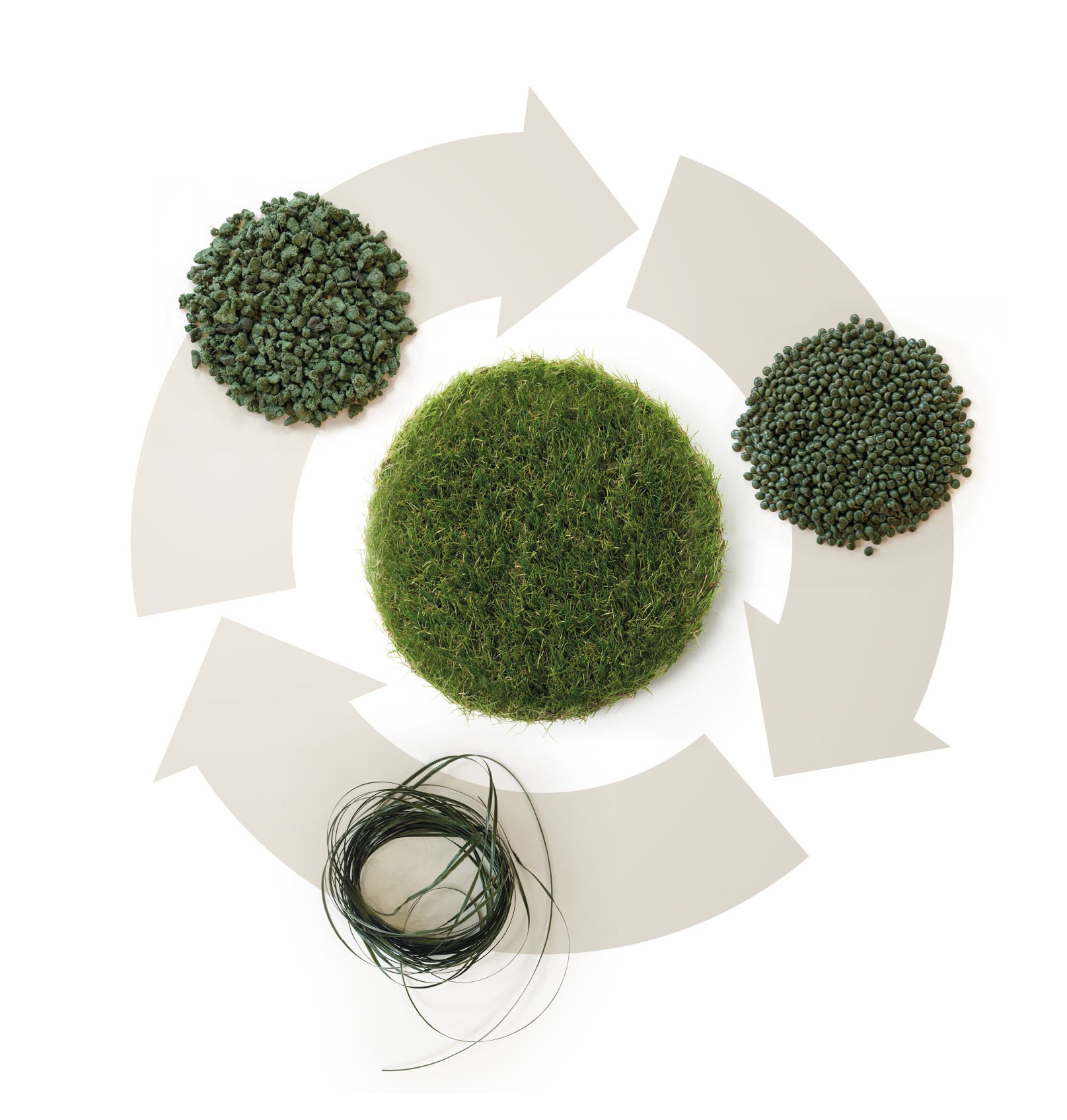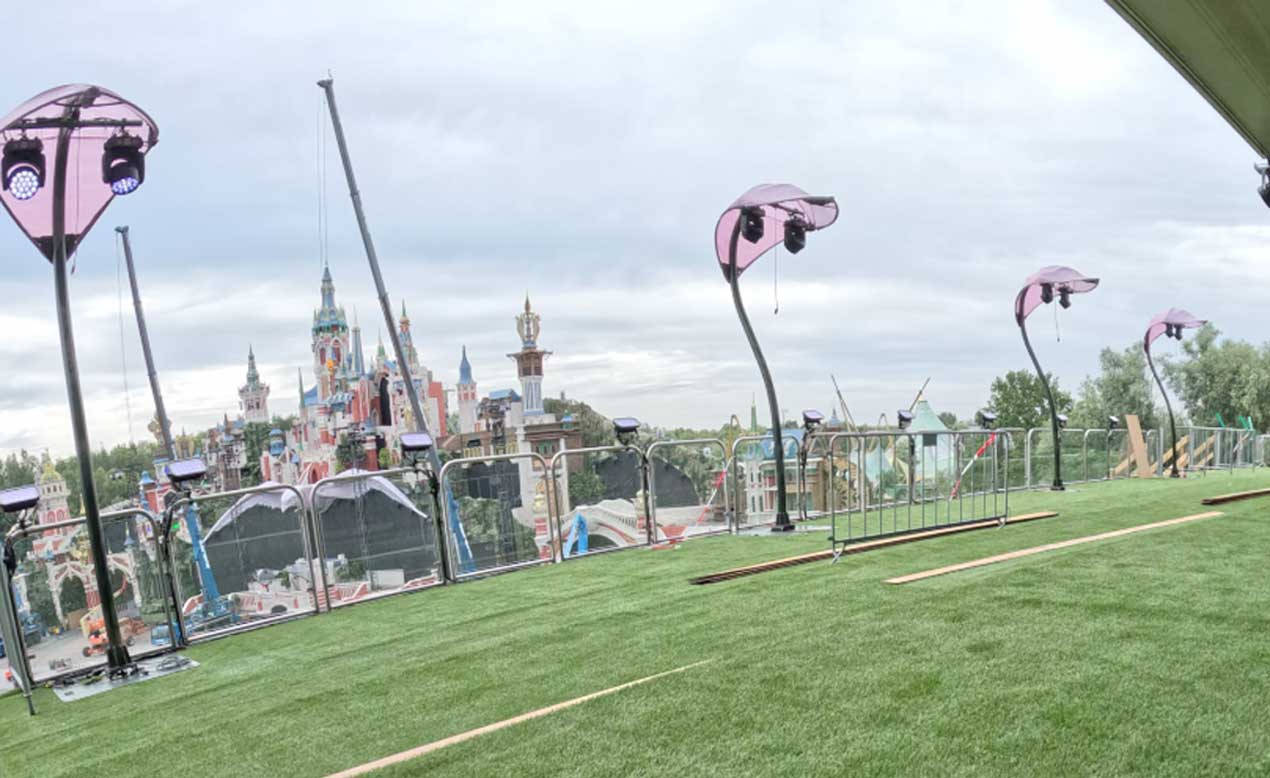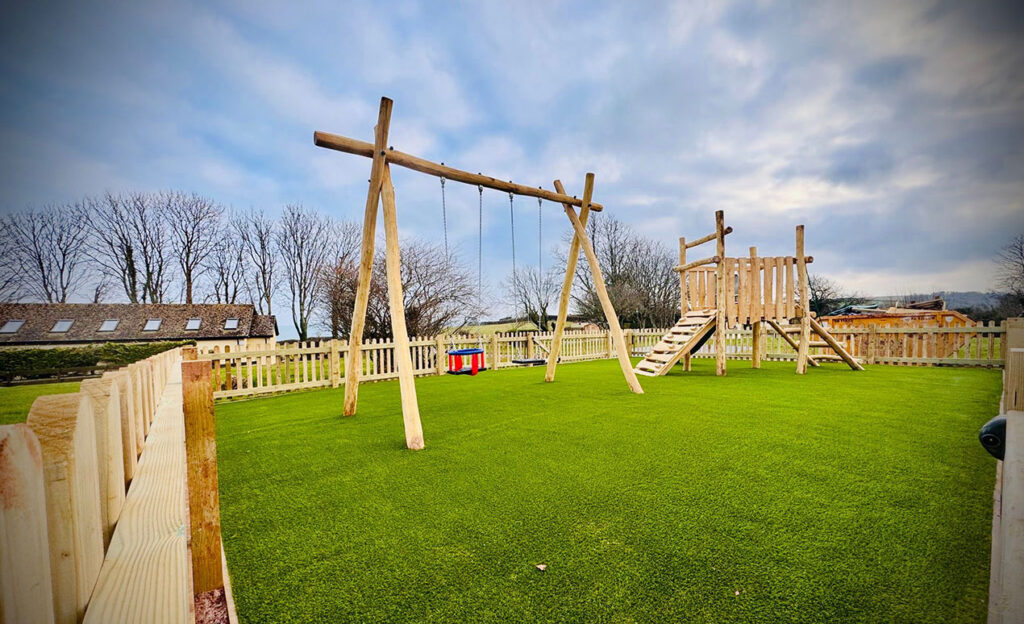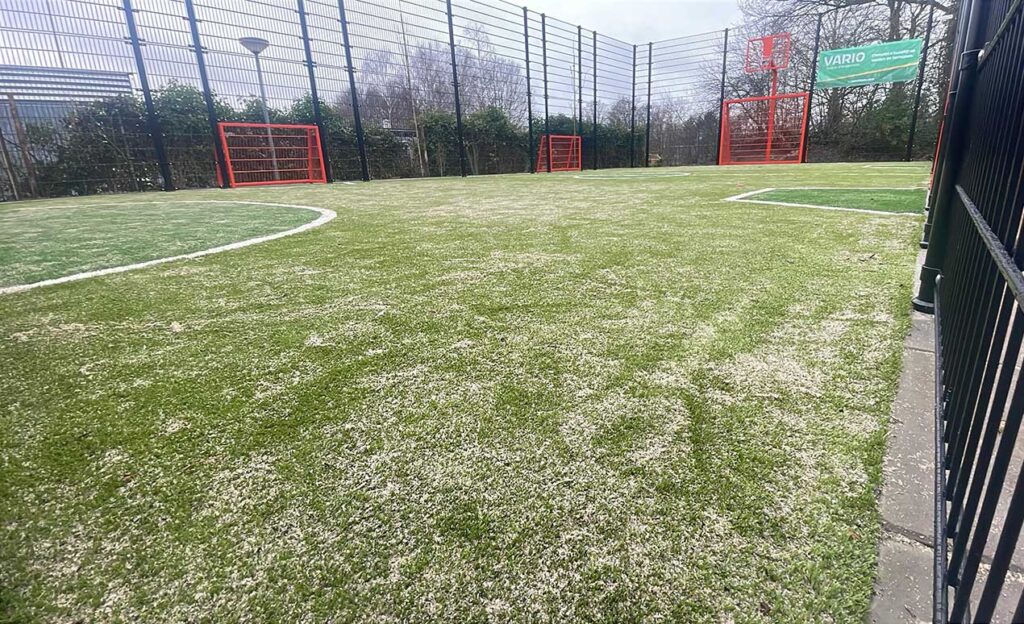In close collaboration with Tomorrowland, GBN AGR, and TenCate, we have convincingly demonstrated that ONE-DNA™ artificial grass is truly circular in its usability and can be recycled into high-quality new material for the production of artificial grass. The organization consciously chose LimeGreen®’s ONE-DNA™ artificial grass in combination with the Take-Back program to ensure that reuse occurs in a circular manner. This partnership marks a significant step towards a more sustainable and environmentally conscious future.
The Challenge
Tomorrowland uses artificial grass for various areas within the festival grounds. This grass was previously single-use because traditional artificial grass is composed of a mixture of different materials such as PP (polypropylene) and PE (polyethylene), or even latex, which poses recycling challenges.
These materials cannot be easily separated and recycled, resulting in a recycled product with less purity than the original material. This limits its suitability for new applications and leads to downcycling and accumulation in landfills.
The Solution
In collaboration with Changemaker Proxy Fields, Tomorrowland embraced the circular economy model by selecting the innovative ONE-DNA™ mono-material artificial grass. Composed entirely of a single raw material and designed for circularity, this choice seamlessly aligns with the festival’s commitment to waste reduction.
In July 2023, Tomorrowland transformed its Comfort sections with 7,000 square meters of ONE-DNA™ grass. The installation, carried out by Tomorrowland’s dedicated team, exemplified a harmonious blend of aesthetics and environmental responsibility.

Right after Tomorrowland 2023, the recycling journey commenced with the collection of ONE-DNA™ grass, which was then processed into high-quality PE agglomerate by GBN AGR. Subsequently, TenCate repurposed this material for new artificial grass, demonstrating circularity in practice and successfully completing the cycle of reuse and recycling.
Supply Chain Collaboration
This initiative underscores the potential of collaborative efforts in fostering environmental sustainability. The project not only demonstrates the feasibility of circular practices in large events but also sets a precedent for the industry. This project showcases that when diverse parties unite for a common goal, sustainable transformation is not just a vision but an achievable reality.

































